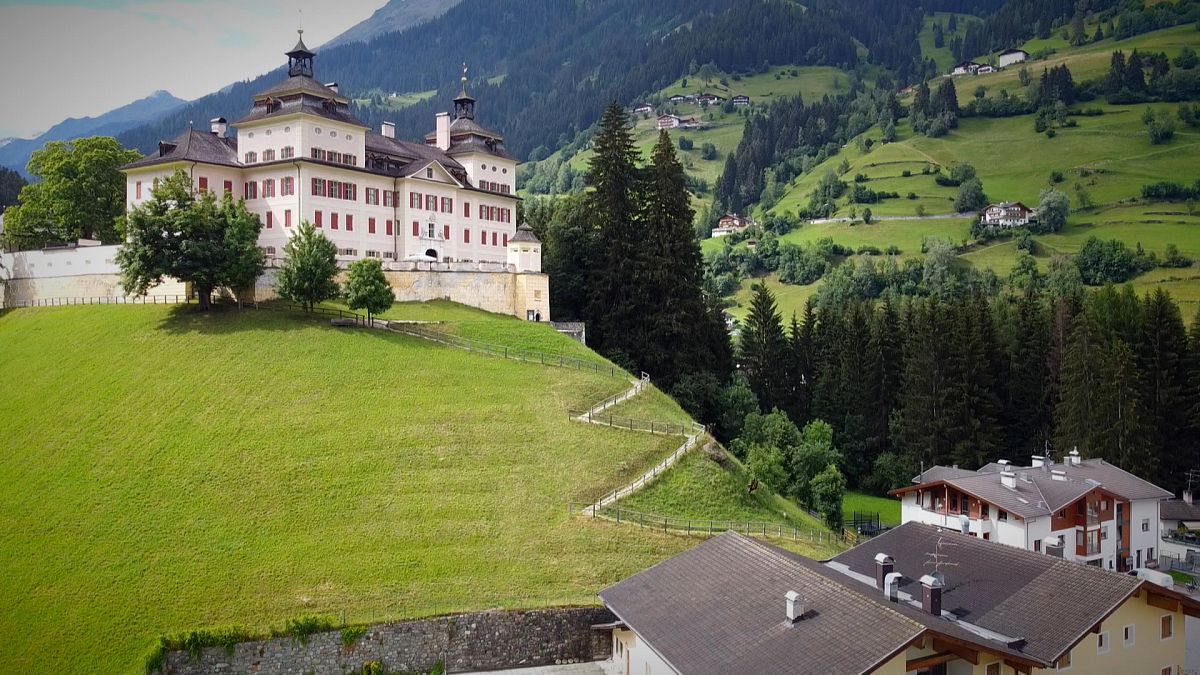Preserving heritage and protecting the environment are among the aims of the European Atlas project.
In the Italian Dolomites, as with everywhere in the Alps, there are typical mountain buildings, rich in history.
Preserving this heritage, together with municipalities and architects, is one of the aims of the European Atlas project.
One example, a house built in 1819, was one of the first civil constructions with electricity. Elmar Gruber and his family decided to restore it, while preserving its identity and making it energy efficient.
"We wanted to preserve - as much as possible - the character of this house,” Gruber explains.
“On the windows, for example, we did an energy efficient restoration, without compromising on the character they had before and the result is very successful.
“We had some doubts about some things, but then we were amazed at what we could do."
Retaining charm
European Atlas has produced a database on the historical buildings that can be restored and provides a guide to technical solutions and good practices, which are valuable for architects.
Franziska Hass is the coordinator of Atlas and told us: “We collect these examples to show that it's possible to renovate old buildings and have a modern comfort, but still to keep the old history of the house, the old "charm" of the house but also the identity for the village, for the municipality, also for the region.”
Atlas is one of about 60 projects with the backing of Alpine Space, one of the older programmes supported by the EU Cohesion Policy.
Its aim is to promote co-operation between seven Alpine countries and improve the quality of life in the Alps.
There has been co-operation in the Alpine region for decades but the first transnational EU co-operation programme for the Alps was launched in 2000.
Between 2014 and 2020 Alpine Space invested €139m to find shared solutions and strengthen co-operation between these countries.
Another example of Alpine Space is "AlpES". This programme, coordinated by Lukas Egarter, maps the most endangered ecosystems and areas and establishes common definitions to manage them for the benefit of all.
“Fresh water ecosystems are one of the most crucial ecosystems in the alpine region,” Egarter says.
“In fact, it is at the foundation of all life on the planet. And it's our responsibility to maintain this ecosystem in a healthy condition that they can deliver its services also to future generations.”
AlpES analyses the main services such as water provision, relaxation zones and pollinators in more than 70,000 municipalities in the Alpine space.
They start from the premise that human well-being is inseparable from the health of ecosystems.

